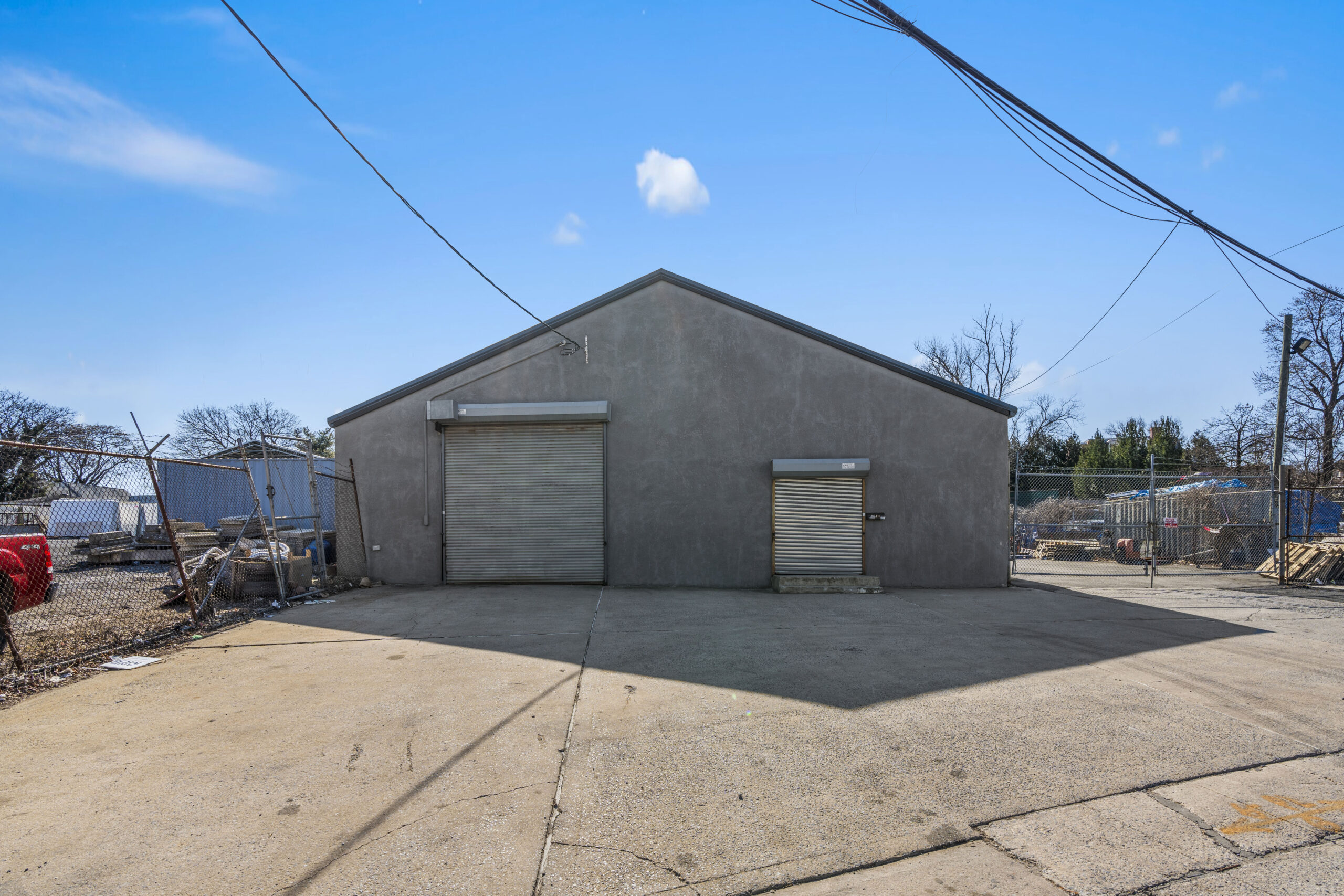Make Sure You’re Covered
Before you contact your insurance company, you want to be sure that your property and belongings are covered. While most people’s homes are covered due to damage caused by a natural disaster, it isn’t always the case.
If you live in a designated flood zone and you don’t have separate flood insurance, your private insurance company likely won’t handle your claim if the issue was a flood. Make sure you read the fine print in your policy to determine that you’re fully covered.
Storms like hurricanes, tornadoes, or damage caused by severe thunderstorms should fall under the category of most homeowners’ insurance claims. When in doubt, contact your agent and they can help answer any questions about the particulars of your policy.
Once the storm has passed and you can safely walk through your home, you’ll need to document as much damage as possible. Use your camera or smartphone and take as many photos as you can.
When you document damage, be sure to include things like structural damage, fallen trees, and any damage to other structures like your shed or garage. Don’t forget to include photos and videos of any flooding inside the home, too.
Try to catalog damaged belongings like your furniture, clothing, and home goods. All of these items should be replaced in the form of a check once your claim is approved.
When you document everything for the insurance company, it makes things easier for them and protects you. You might have to dispute an insurance appraisal later, so documentation is absolutely crucial to keep your interests protected.
Even if the damage is small, you should still keep a good record of what happened and what has been affected by the storm. This documentation can help you later in case you need to refer back to it.
Weigh Your Benefits
Not every storm will cause significant damage to your home that can’t easily be fixed yourself. If you find that your deductible is higher than it would cost you to hire someone and pay for it yourself, it may not be worth it to file a claim.
If a fallen tree limb took off a few shingles on your roof, it’s something you can probably handle on your own. Small amounts of damage could be easier to deal with minus the use of your homeowner’s insurance company.
On the other hand, if you have significant structural damage or the inside of your home is in serious disarray, consider filing a claim. Remember that most companies may increase their rates and your premium could go up after the claim is complete.
Try to calculate what it would cost to restore your home back to normal. If the numbers don’t seem to add up, it might be best to avoid filing the claim altogether.
Homeowner’s insurance is there to cover you in the event of serious damage. Use them to your advantage, but only if it makes financial sense for you.
Practice Smart After-Storm Safety
Once the skies are clear, make sure that your home is safe to go into, and also that it’s safe to live in. If the damage is extreme, you may need to stay at a friend or family member’s home or a hotel until repairs are made.
Never walk into a flooded home until you are given the all-clear. Floodwaters can cause serious problems like an electric shock and even bacterial illness or disease.
Remove all wet belongings from your home since they can spread mold and mildew. Take as many steps as you can to start drying your property and belongings so that mold doesn’t continue to spread in the home.
After-storm safety is paramount, particularly if you have children or pets. Be sure that the home doesn’t have extremely serious issues like holes in the roof or sagging floors since you won’t be able to inhabit the property until everything is fixed.
Understand Storm Damage vs Neglect
In some cases, homeowners’ insurance claims are denied because the property owner simply failed to do some maintenance on the home. For example, if the adjuster comes out and finds that the damage was the result of your failure to trim tree limbs that were hanging over your roof, they may deny your claim.
Make sure that all of the damage to your property is a direct result of the storm. Certain providers could even drop you altogether if you file a claim and they deny it because of improper home maintenance.
Recovering After the Storm
Storm damage can be frustrating, but it doesn’t have to be the end of your home. When you file homeowners’ insurance claims, you’ll be able to start the repair process and get your life back on track.
Make sure your policy has the coverage you need and that all damage is a direct result of the storm for the best outcome possible.
For more on commercial and residential real estate and all the latest news, be sure to visit our website today!







Leave a Comment